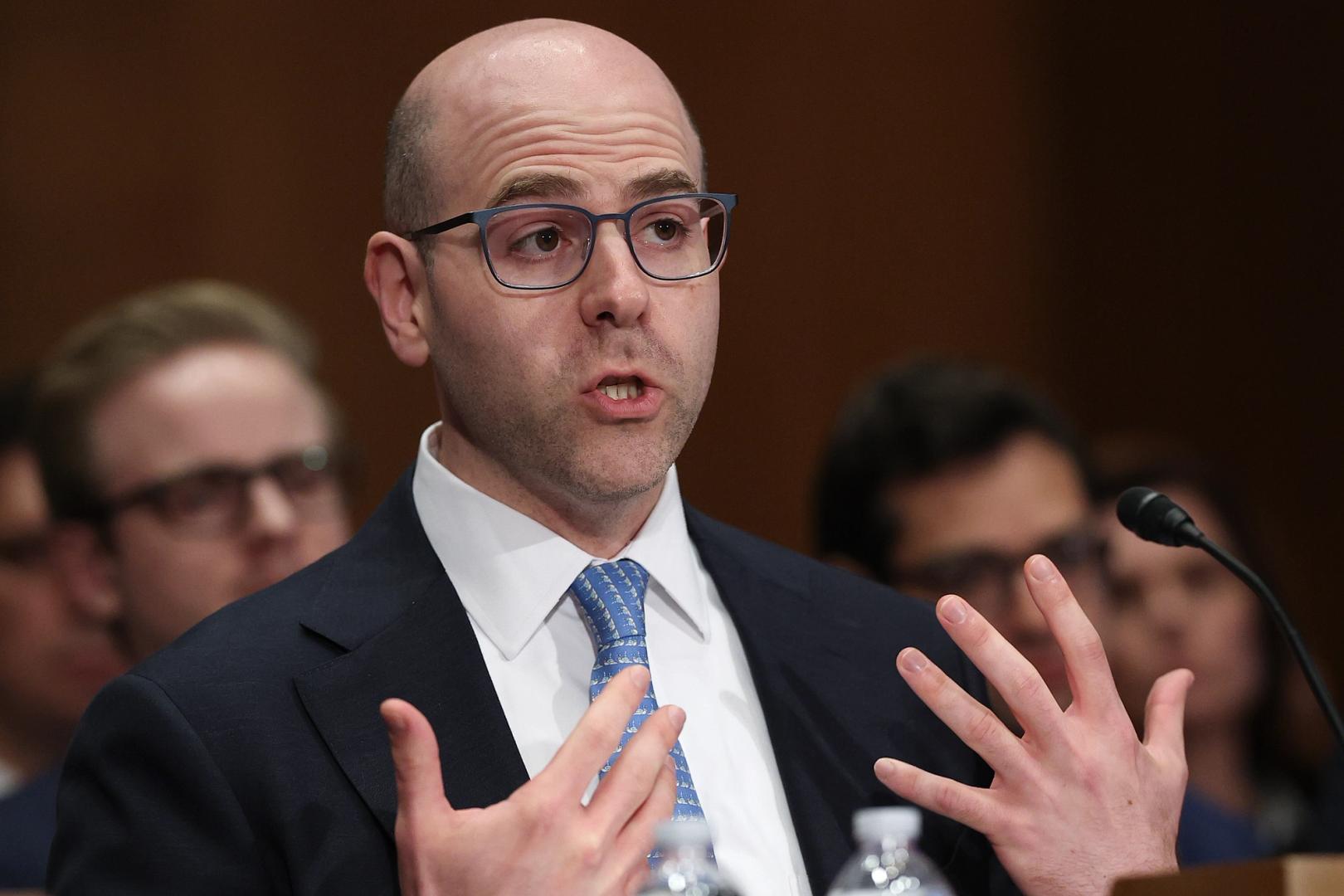“The Federal Reserve governor argued that stablecoins’ increasing demand for dollar-tied assets such as Treasuries will force monetary policy decisions.”, — write: www.coindesk.com
“Stablecoins may become a multitrillion dollar elephant in the room for central bankers,” Miran said in a Friday speech in New York. He said that Fed staff projects “uptake reaching between $1 trillion and $3 trillion by the end of the decade.”
“In total, under $7 trillion in Treasury bills are outstanding today,” he said. “If these forecasts prove accurate, the magnitude of additional demand from stablecoins will be too large to ignore.
Miran, who was an economic official in President Donald Trump’s administration before he joined the Fed, said he thinks it’s unlikely that stablecoins will be the drain on US bank deposits that the bankers are keenly concerned about, arguing that the new stablecoin law — the Guiding and Establishing National Innovation for US Stablecoins Act (GENIUS) Act — doesn’t directly allow for yield.
“I therefore expect most demand for stablecoins to come from locales unable to access dollar-denominated saving instruments, boosting demand for dollar assets,” he said at the BCVC Summit 2025.
“If a global stablecoin glut is driven by flows out of foreign currencies and into the US dollar, it will, all else equal, make the dollar stronger,” Miran said. “Depending on the strength of this effect relative to other forces affecting the Fed’s price-stability and maximum-employment mandates, that might be something that monetary policy reacts to.”
Stablecoins are the dollar-tied tokens that the crypto sector relies on as a steady component of trades and contracts, and their issuers — such as Tether with its USDT and Circle with its USDC — are set to be newly regulated under the GENIUS Act, which was the first major crypto law established in the US
Miran, who remains on leave from his White House post as the chair of the Council of Economic Advisers, contended that the US financial infrastructure could “use a reboot,” suggesting that the dollar-backed tokens could provide it.
“Stablecoins may well lead the way on this front, facilitating dollar holdings and payments domestically and abroad,” he said.
Read More: ECB Says US-Backed Stablecoin Use in EU Could Weaken Its Monetary Autonomy
 A deep dive into Zcash’s zero-knowledge architecture, shielded transaction growth, and its path to becoming encrypted Bitcoin at scale.
A deep dive into Zcash’s zero-knowledge architecture, shielded transaction growth, and its path to becoming encrypted Bitcoin at scale.
- Shielded adoption surgedwith 20–25% of circulating ZEC now held in encrypted addresses and 30% of transactions involving the shielded pool.
- The Zashi wallet made shielded transfers the default, pushing privacy from optional to standard practice.
- Project Tachyonled by Sean Bowe, aims to boost throughput to thousands of private transactions per second.
- Zcash surpassed Monero in market share, becoming the largest privacy-focused cryptocurrency by capitalization.
View Full Report
 Japan’s financial regulator, FSA, said the venture will see MUFG, SMBC and Mizuho explore the joint issuance of a stablecoin as an electronic payment instrument.
Japan’s financial regulator, FSA, said the venture will see MUFG, SMBC and Mizuho explore the joint issuance of a stablecoin as an electronic payment instrument.
- Japan’s Financial Services Agency will support the country’s three largest banks in developing a proof-of-concept for issuing a stablecoin.
- The financial regulator said the venture will see MUFG, SMBC and Mizuho Financial Group explore the joint issuance of a stablecoin as an electronic payment instrument.
- Stablecoins have experienced considerable growth over the last two years, surpassing $300 billion in market cap last month.
Read full story
